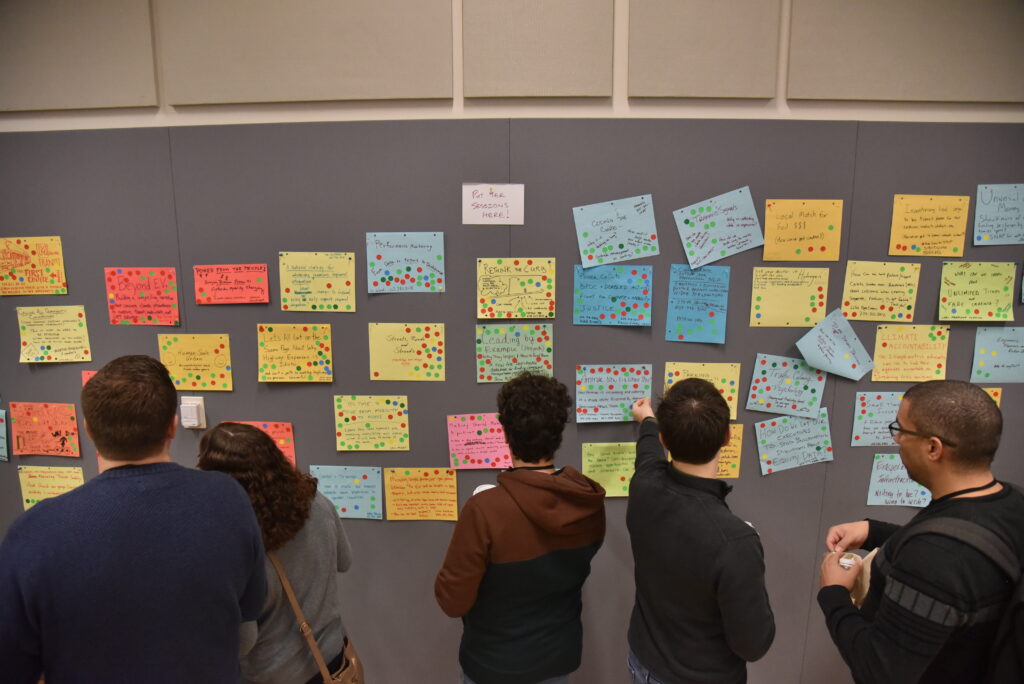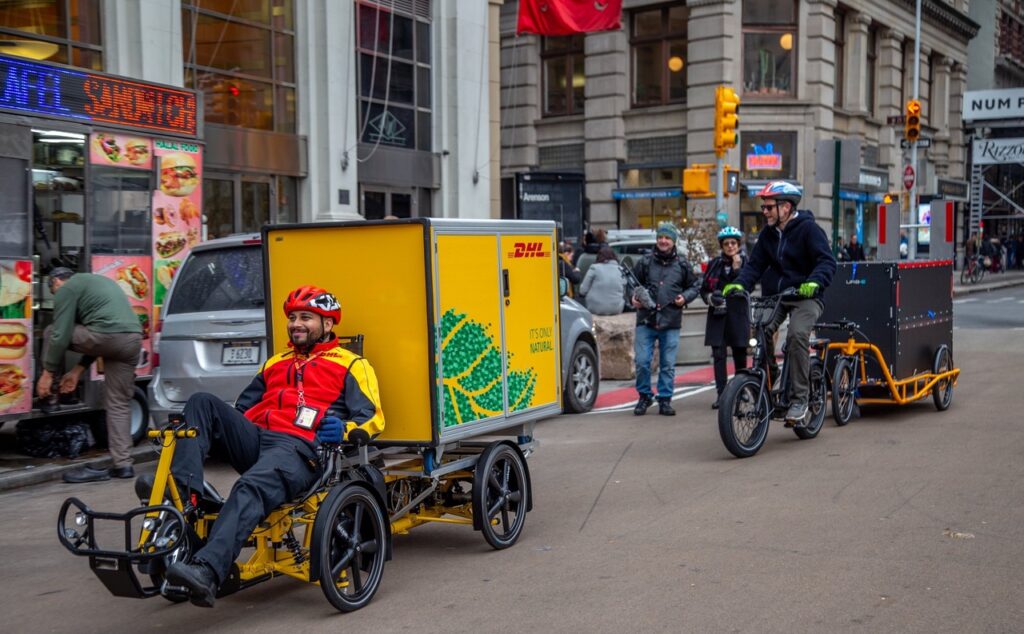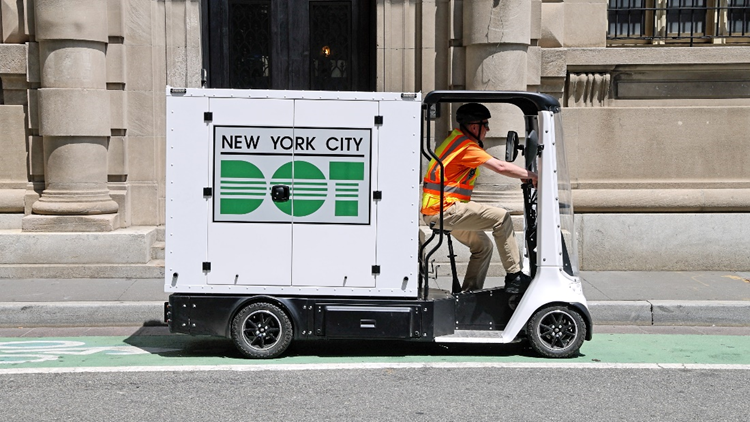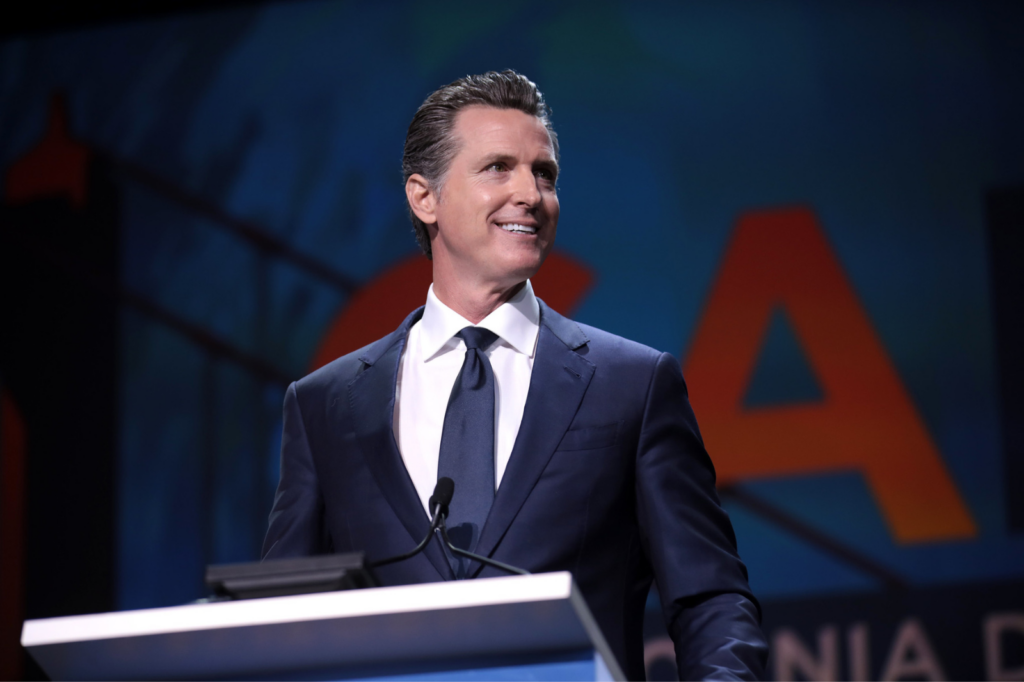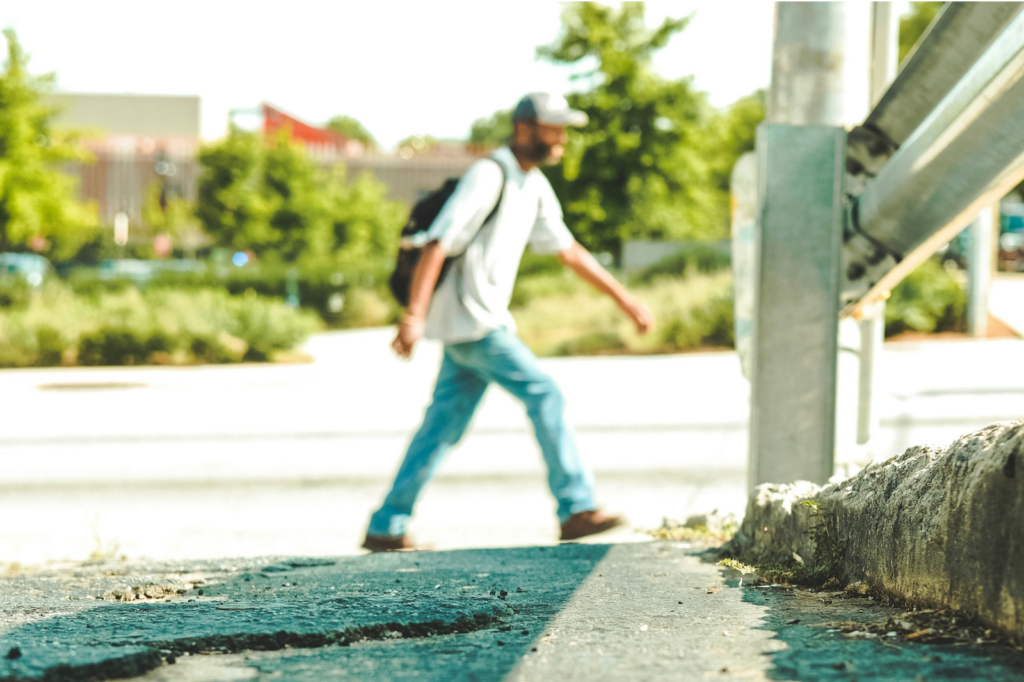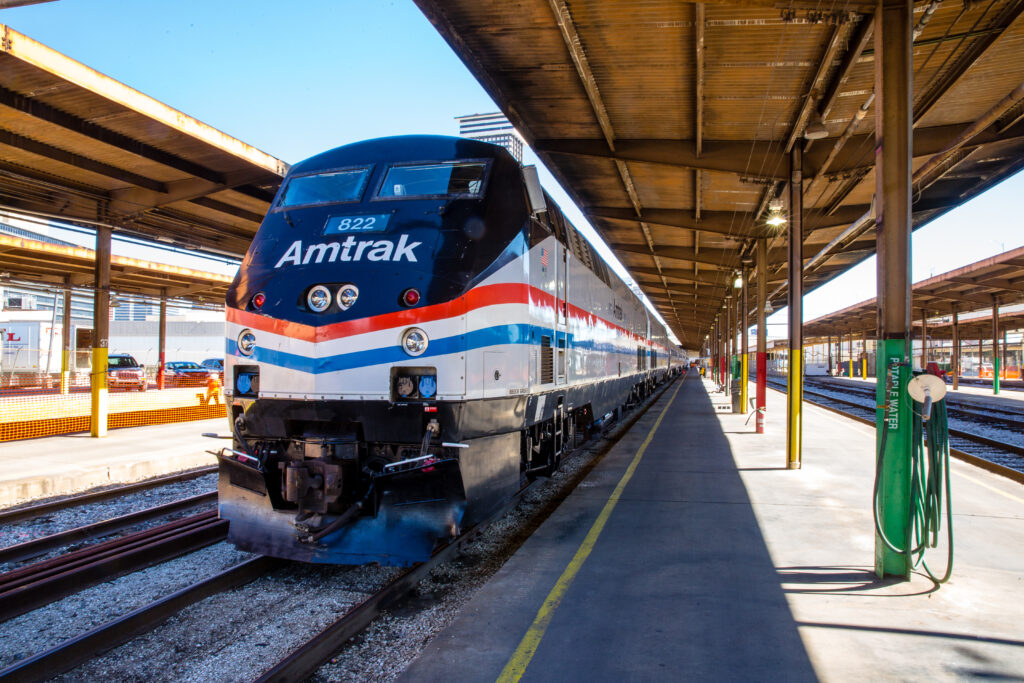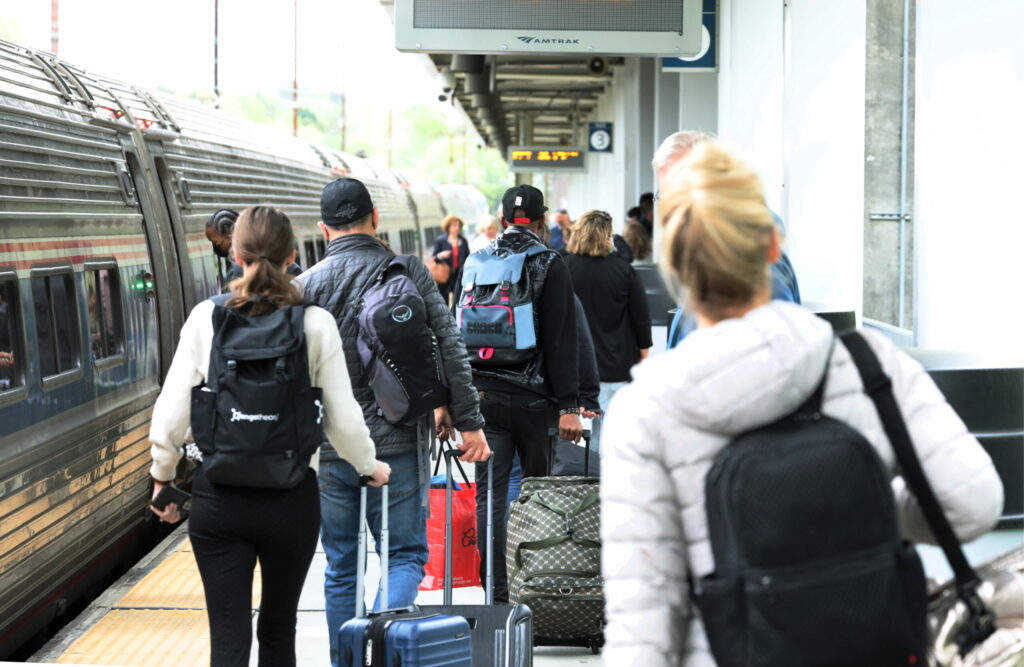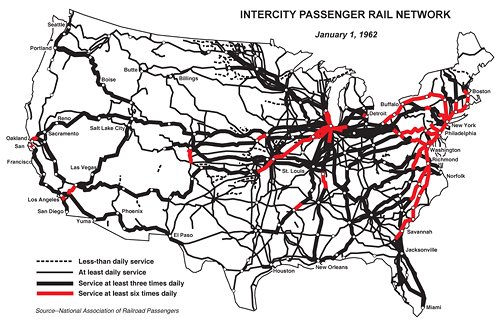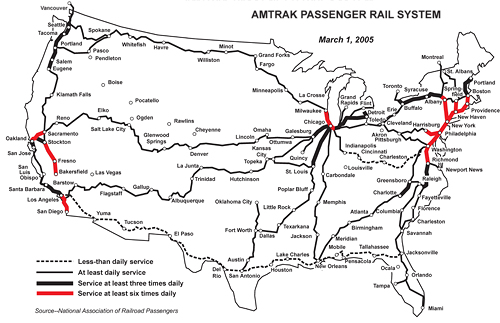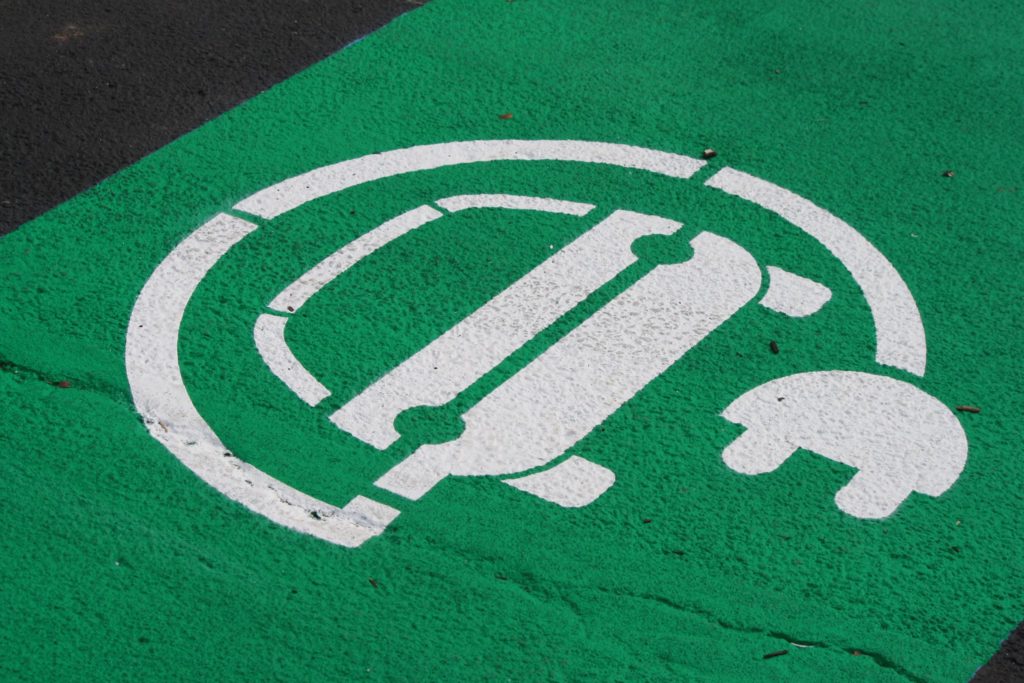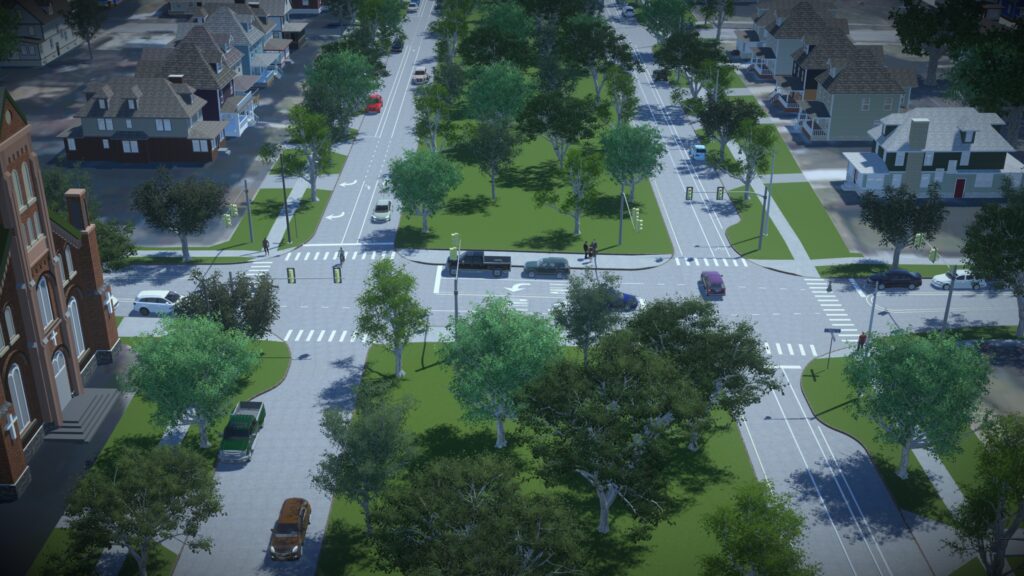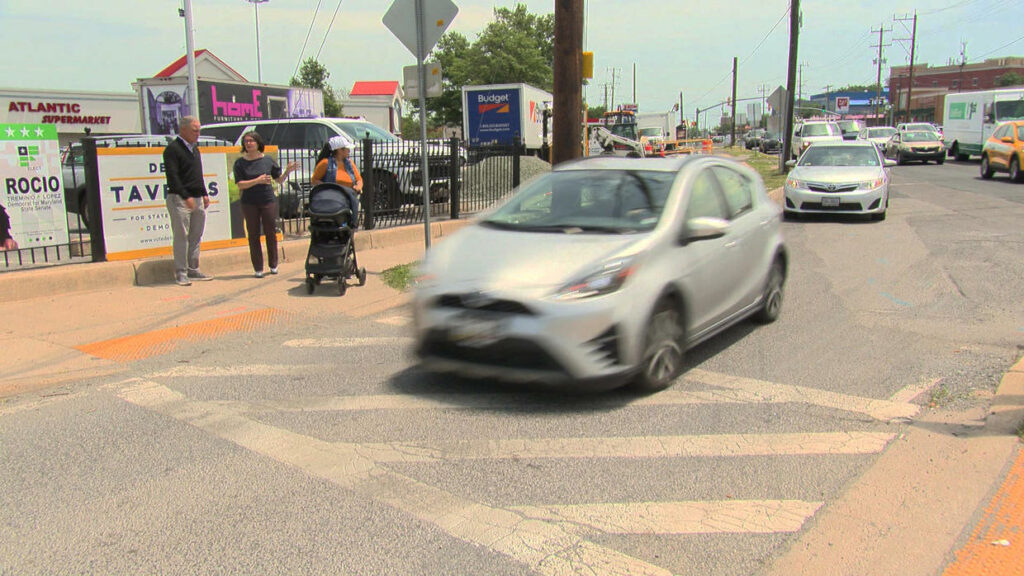
The stakeholders most responsible for producing the mediocre outcomes on transportation—poor road conditions, increased congestion, continued emissions, record pedestrian deaths—believe all taxpayers should hand over an additional $210 billion above what the gas tax brings in to keep producing more of the same for the next five years. Haven’t they been given enough?

With transportation investment priorities this misguided, it’s easy to draw comparisons to this popular absurdist tweet. When our budget is $190 and you’re asking for $400, there’s a basic math issue we’re not addressing.
As the nation approaches the expiration of the Infrastructure Investment and Jobs Act (IIJA), the Highway Trust Fund’s insolvency looms large once again (save the date: 2028), forcing policymakers on Capitol Hill to contend with tough questions on who, what, where, and how federal transportation funding is spent.
The trade group for state departments of transportation
The American Association of State Highway Transportation Officials, or AASHTO, is a trade group that represents state departments of transportation. Under the IIJA, state DOTs received record levels of funding—approximately $270 billion in flexible formula funding, a 50 percent increase compared to what they received in the 2015 FAST Act, the previous federal transportation bill. (By comparison, their funding only increased by 15 percent in that 2015 law over 2012’s MAP-21).
But apparently, this record level of funding didn’t go far enough. As Congress debates the replacement for the IIJA, AASHTO says that the funding levels from the IIJA—plus inflation since 2021—should be the floor for funding in the next law, despite the fact that this will wildly outspend future gas tax revenues and only deepen investment in a broken approach. How much money are they really asking for?
The ask: IIJA funding levels (plus inflation!) as the starting point
Assuming state DOTs are asking for an inflation adjustment to account for their ballooning highway construction costs, the next bill’s highway elements alone could cost over $400 billion over a five-year authorization. The gas tax is only projected to bring in $190 billion over this period. Read that again: For highway spending alone, they are asking for more than double what the program’s revenues are going to be. Right out of the gate, they believe that taxpayers should pony up more than $210 billion over five years to pay for highway and bridge-focused programs alone. Forget about transit and every other form of federally funded transportation.
To further put that into perspective, that’s greater than the Gross Domestic Product of Denmark ($400.1 billion, according to United Nations stats).
That’s just for the programs they cared enough about to support. AASHTO is not defending programs with specific goals to improve resiliency and mobility options (like the PROTECT program and Transportation Alternatives program). They are instead asking to consolidate programs like these and give themselves even greater capability to shift program funding around from goal-oriented programs to those with wide-ranging project eligibility and little in the way of actual direction (though these programs seemed plenty flexible to status quo priorities before). While state DOTs are asking for more money and less accountability, the federal government is at a point where we’re discussing cuts to programs like Medicaid, food stamps, and early child education (Pre-K).
This request is despite the immense, “once in a generation” transportation funding infusion from the IIJA in 2021, the $1.5 trillion in total transportation investment over the last 35 years, and the growing insolvency of the Highway Trust Fund (HTF).
The gap between what the gas tax brings in and current spending levels on transportation is so large that the House’s modest but disproportionately punitive fees on electric vehicles would barely dent the growing gap between revenues and spending. It is getting more and more expensive to undertake road projects, meanwhile, adding new lanes here and there on existing interstates and highways brings diminishing to potentially negative economic returns.
As we suggest in our own platform for reauthorization, it’s well past time we assess the value proposition of the Federal Aid Highway Program. Why should we continue to pour money from all taxpayers into a program producing such bad outcomes? Decades of flexibility for state DOTs and other agencies without any significant accountability for accomplishing specific, measurable things have led to our infrastructure’s current state of mediocrity.
The fundamental difference between groups like AASHTO and T4America (and others in Congress starting to bring a critical eye to this program) comes down to this question: Why does our federal transportation program produce such bad outcomes? Is it because this program is underfunded (AASHTO), or are the problems more fundamental? Why does throwing more money at this system fail to solve problems efficiently?
The primary barriers to achieving world class transportation—meaning transportation that cheaply and reliably gets you to work and does not kill you at a rate far exceeding the rest of the world— are current policy and practice.
As a default, many states still try to prioritize building road infrastructure that leaves communities fundamentally disconnected despite an abundance of existing, decaying roads, creates unsafe conditions by prioritizing speed over safety (in vastly higher proportions than other developed nations), and leads to perpetually worsening traffic congestion. For decades, state DOTs have spent an inordinate amount of funding on road expansion versus repair, and what good has that done us? The current approach often does not solve these problems, but instead can worsen them.
We know how much it should cost to fix things
While there is always plenty of fanfare and coverage accompanying the American Society of Civil Engineers Infrastructure Report Card release1, there’s little public praise for the original source of much of its data. Federal Highway Administration data, especially the Conditions and Performance Report, undergirds most recommendations in ASCE’s report. The most recent edition of the C&P report finds that, pre-IIJA, if we were to spend approximately $87 billion* annually on repairing existing assets, we would be on track to eliminate the road repair backlog entirely.
*2018 dollars. Amounts are not adjusted in this post.
While that seems pricey (and we’re overdue for a report update), we spent well over double that on highways already: $206 billion was spent across all units of government in 2021, even before the IIJA. Instead of planning to address repair directly, it seems the plan is to ensure that topline funding levels are so absurdly high that at least some of the money gets spent on maintenance before expansion.
Our priorities call for a federal program that prioritizes fixing it first. Before building new capacity, we need to address the growing backlog. The 25th edition C&P report estimates that there will be $1.9 trillion in new maintenance needs alone between 2019-2038. Adding new lane miles simply expands the total number of liabilities we must care for in the future.
Even ASCE agrees: “you can’t build your way out of congestion.” Instead, as roads reach the end of their lifecycle, we should rebuild them to more effectively serve everyone who needs to use them according to the basic principles of Complete Streets—serving transit and people walking and biking in addition to driving. Shifting funds away from overbuilt roads to allow for more robust active transportation networks and transit systems is one way to reduce long term maintenance costs, increase access to jobs, reduce transportation costs, and improve safety outcomes.
Giving states these blank checks with almost no oversight plays into bad political incentives for state politicians and the infrastructure lobby to continually greenlight boondoggles that don’t serve people. Congress needs to take a stronger stance to ensure federal funding is spent in some minimally responsible manner. Without ensuring that funding is directed to accomplish specific outcomes, the next reauthorization will lead us down the same dangerous, congested and dirty road we’ve been down the past 35 years.





